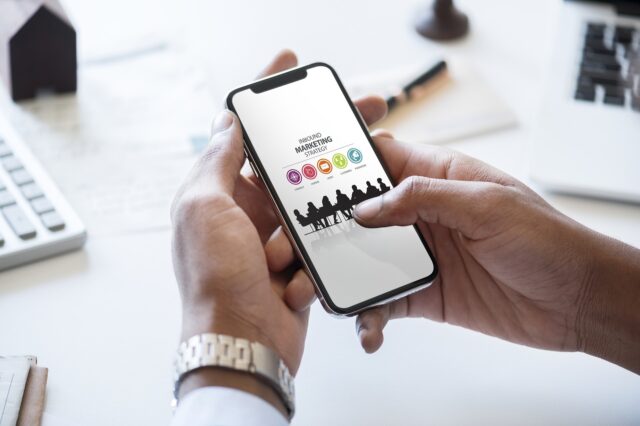In the fast-paced world of e-commerce, providing a seamless mobile checkout experience is essential for capturing sales and maintaining customer satisfaction. With the rise of mobile shopping, consumers expect quick, efficient, and user-friendly checkout processes. In this blog, we’ll explore key strategies to create a seamless mobile checkout experience that enhances conversion rates and boosts customer loyalty.

Table of Contents
Toggle1. Simplify the Checkout Process
Minimize Steps
Reduce the number of steps in the checkout process. Ideally, a mobile checkout should be completed in just a few taps. Consider implementing a single-page checkout where users can fill in their information without navigating through multiple screens.
Guest Checkout Option
Allow customers to check out as guests without requiring account creation. While encouraging account sign-ups can be beneficial for future marketing, forcing users to create an account can lead to cart abandonment.
2. Optimize for Mobile
Responsive Design
Ensure your website is mobile-responsive. This means that all elements of your checkout page adjust and look good on various screen sizes. Utilize larger buttons and touch-friendly designs to enhance usability on mobile devices.
Fast Loading Times
Optimize your mobile site for speed. Slow-loading pages can frustrate users and lead to abandonment. Use image compression, minify CSS and JavaScript, and leverage browser caching to improve load times.
3. Implement Autofill Features
Autofill for Forms
Take advantage of mobile device capabilities by enabling autofill for form fields. This feature allows users to quickly fill in their shipping and payment information, reducing the time and effort needed during checkout.
Pre-filled Information
If users have previously purchased from your site, consider pre-filling their information during checkout. This can significantly speed up the process and create a more personalized experience.
4. Offer Multiple Payment Options
Diverse Payment Methods
Provide a variety of payment options to cater to different customer preferences. Include credit/debit cards, digital wallets (like Apple Pay, Google Pay, and PayPal), and other local payment methods. Offering flexibility in payment options can significantly reduce cart abandonment.
Mobile-Specific Payment Solutions
Integrate mobile-specific payment solutions that allow for quick transactions, such as one-click payments or buy-now-pay-later options. These can streamline the payment process and enhance user satisfaction.
5. Ensure Security and Trust
Visible Security Features
Display security badges and trust seals prominently during the checkout process. Assure customers that their personal and payment information is secure, which can increase their confidence in completing the purchase.
Clear Privacy Policies
Provide clear and concise privacy policies explaining how customer information is collected and used. Transparency can help alleviate any concerns users may have regarding their data.
6. Use Progress Indicators
Show Checkout Progress
Implement a progress indicator that shows users where they are in the checkout process. This can reduce uncertainty and keep customers informed, making them more likely to complete the purchase.
Clear Call-to-Action Buttons
Use clear, compelling call-to-action (CTA) buttons that guide users through the checkout process. Use action-oriented language like “Continue to Payment” or “Complete Purchase” to encourage users to proceed.
7. Provide Support and Assistance
Live Chat Support
Offer live chat support during the checkout process. This allows users to get quick assistance if they encounter issues or have questions, enhancing their overall experience.
Easy Access to FAQs
Provide easy access to frequently asked questions (FAQs) related to shipping, returns, and payment options. This can help users find answers quickly without needing to reach out for support.
8. Test and Optimize
Regular Testing
Regularly test your mobile checkout process to identify areas for improvement. Conduct usability testing with real users to gather feedback and make necessary adjustments.
A/B Testing
Utilize A/B testing to experiment with different layouts, button placements, and payment options. Analyze which versions lead to higher conversion rates and refine your checkout process accordingly.
Conclusion
Creating a seamless mobile checkout experience is crucial for e-commerce success. By simplifying the process, optimizing for mobile, providing multiple payment options, and ensuring security, businesses can enhance user satisfaction and drive sales. Regular testing and optimization will help you stay ahead of user expectations in an ever-evolving digital landscape. With the right strategies in place, you can create a mobile checkout experience that not only meets but exceeds customer needs, leading to increased conversions and customer loyalty.


No responses yet